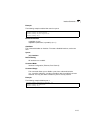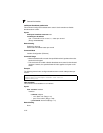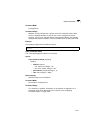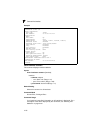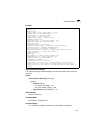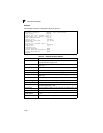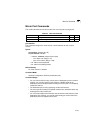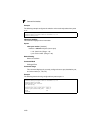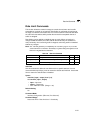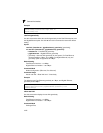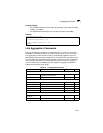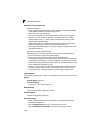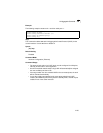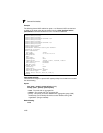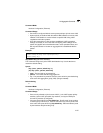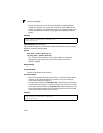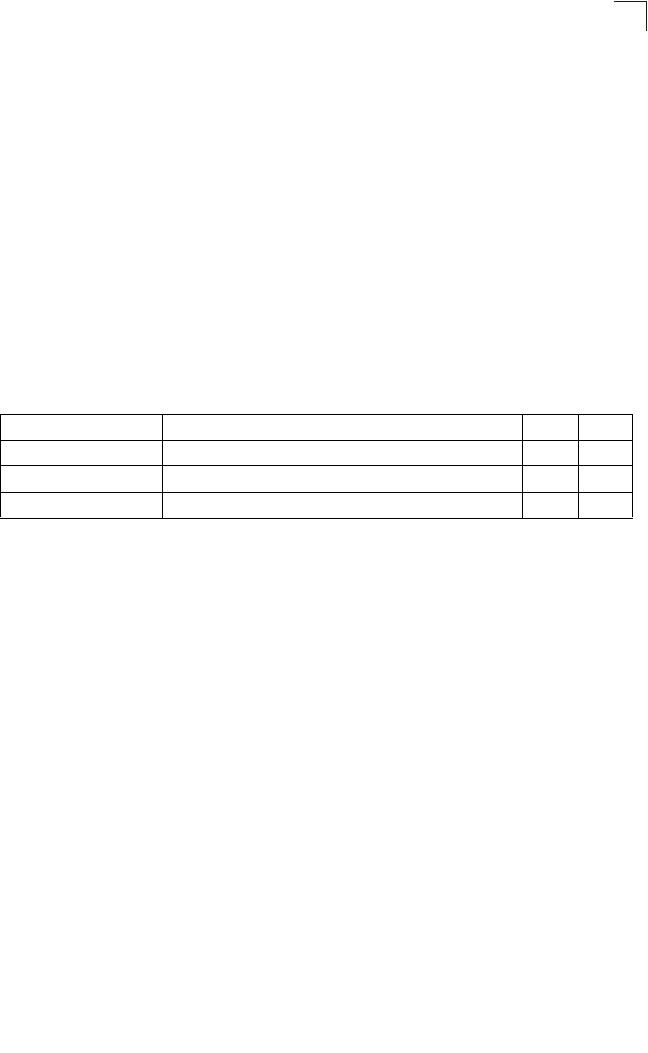
Rate Limit Commands
4-121
4
Rate Limit Commands
This function allows the network manager to control the maximum rate for traffic
transmitted or received on an interface. Rate limiting is configured on interfaces at
the edge of a network to limit traffic into or out of the network. Traffic that falls within
the rate limit is transmitted, while packets that exceed the acceptable amount of
traffic are dropped.
Rate limiting can be applied to individual ports or trunks. When an interface is
configured with this feature, the traffic rate will be monitored by the hardware to
verify conformity. Non-conforming traffic is dropped, conforming traffic is forwarded
without any changes.
Note:
The “rate limit granularity” is multiplied by the “rate limit” (page 4-121) to set the
actual rate limit for an interface. Granularity is a global setting that applies to Fast
Ethernet or Gigabit Ethernet interfaces.
rate-limit
Use this command to define the rate limit level for a specific interface. Use this
command without specifying a rate to restore the default rate limit level. Use the no
form to restore the default status of disabled.
Syntax
rate-limit {input | output} level [rate]
no rate-limit {input | output}
• input – Input rate
• output – Output rate
• rate – Maximum value. (Range: 1-30)
Default Setting
30
Command Mode
Interface Configuration (Ethernet, Port Channel)
Command Usage
Actual rate limit = Rate limit level * Granularity
Table 4-43 Rate Limit Commands
Command Function Mode Page
rate-limit Configures the maximum input or output rate for a port IC 4-121
rate-limit granularity Sets the Fast Ethernet and Gigabit Ethernet granularity IC 4-122
show rate-limit Shows the rate limit granularity PE 4-122



